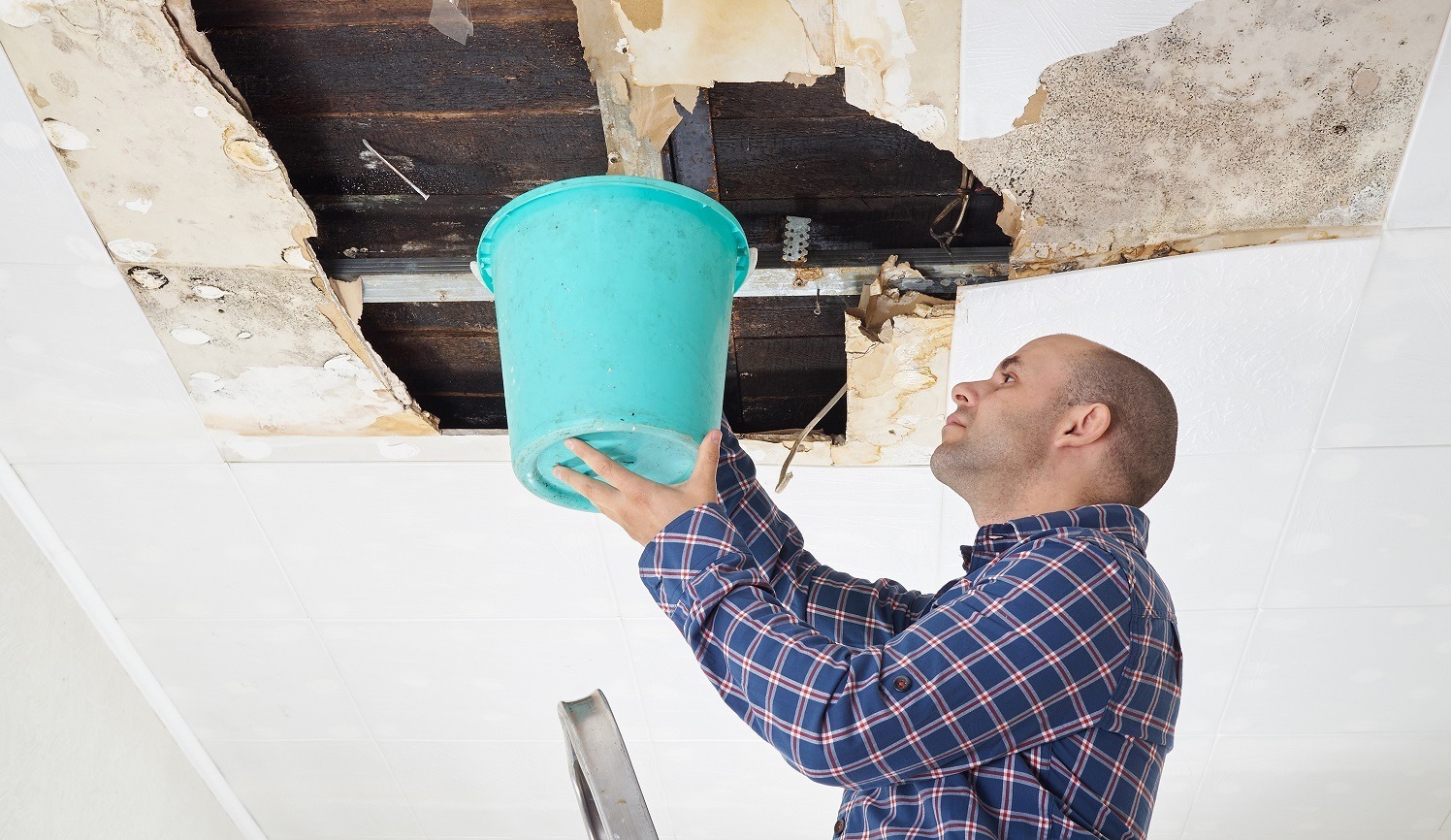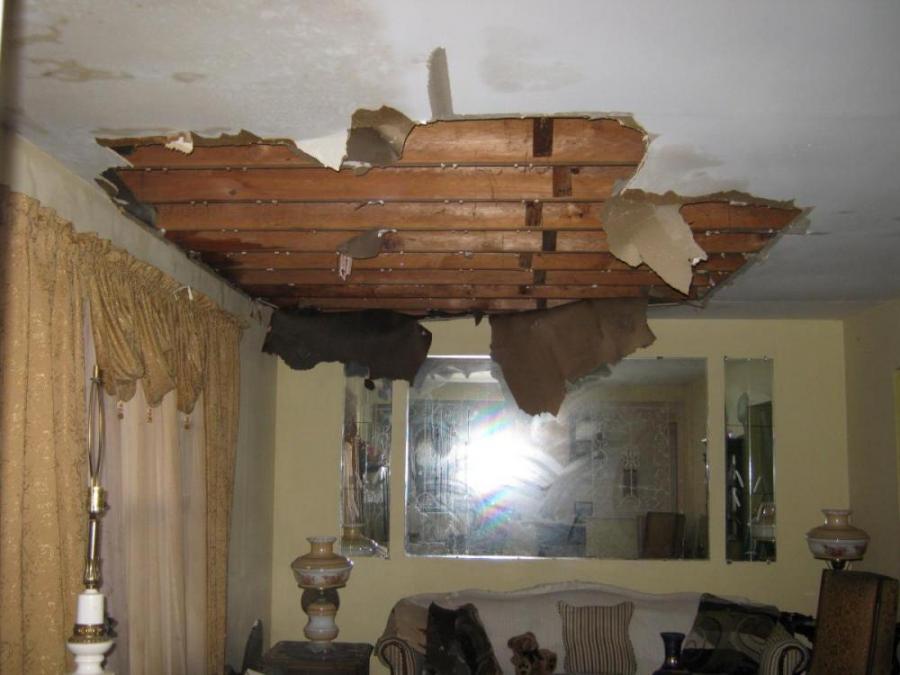How do you really feel when it comes to Reducing Your Risk Of Water And Fire Damage At Home?

Water offers life, yet water breach on some components where it's not meant to be can cause damages as well as inconvenience. It can peel off away the surface as well as erode the product's structure if the water leaks right into your structure. Mold and mold additionally grow in a wet setting, which can be unsafe for your as well as your family's health and wellness. Additionally, houses with water damage scent musty and also old.
Water can come from numerous sources like tropical storms, floods, burst pipes, leakages, and also sewage system concerns. If you have water damage, it's far better to have a functioning knowledge of safety and security preventative measures. Below are a couple of guidelines on just how to handle water damage.
Do Prioritize Residence Insurance Coverage Coverage
Seasonal water damages can come from floods, seasonal rainfalls, and also wind. There is additionally an event of an unexpected flooding, whether it came from a damaged pipe that instantly bursts into your home. To shield your home, get house insurance coverage that covers both acts of God such as natural catastrophes, and emergencies like busted plumbing.
Don't Forget to Switch Off Utilities
When disaster strikes and also you're in a flood-prone area, switch off the main electric circuit. Turning off the power avoids
electric shocks when water can be found in as water functions as a conductor. Don't fail to remember to turn off the primary water line shutoff as a method to prevent more damage.
Maintain your furnishings steady as they can relocate around and also cause added damages if the floodwaters are getting high.
Do Keep Proactive as well as Heed Weather Notifies
Storm floods can be extremely unpredictable. If you live in a location afflicted by floodings, stay prepared and aggressive whatsoever times. Pay attention to the news and discharge warnings if you live near a body of water like a river, lake, or creek . Take out your belongings and essential records from the first stage as well as cellar, after that placed them in a safe place as well as the highest possible level.
Do Not Overlook the Roofing System
Your roofing professional ought to take care of the malfunctioning rain gutters or any kind of other signs of damages or weakening. An examination will certainly stop water from streaming down your walls and also soaking your ceiling.
Do Focus On Tiny Leakages
A burst pipeline does not occur in a vacuum or overnight. There are red flags that can attract your attention and show to you some damaged pipes in your house. Indications of warnings in your pipes consist of bubbling paint, peeling wallpaper, water streaks, water stains, or dripping sounds behind the walls. There are signs that the pipeline will certainly break. If you see these indicators, do not wait for an acceleration. Repair service and examine your plumbing fixed before it results in substantial damages to your house, finances, and an individual headache.
Do Not Panic in Case of a Ruptured Pipeline
Timing is essential when it comes to water damage. If a pipeline bursts in your house, right away shut off your main water shutoff to cut off the resource and avoid more damage. Call a reputable water damage reconstruction expert for assistance.
Water provides life, however water intrusion on some components where it's not supposed to be can result in damages and also aggravation. In enhancement, homes with water damage smell old and moldy.
Seasonal water damages can come from floods, seasonal rainfalls, as well as wind. Indications of red flags in your pipelines consist of gurgling paint, peeling wallpaper, water streaks, water discolorations, or leaking noises behind the wall surfaces. If a pipe bursts in your residence, immediately closed off your primary water shutoff to reduce off the resource and avoid more damages.
Some Do's & Don't When Dealing with a Water Damage
DO:
Make sure the water source has been eliminated. Contact a plumber if needed. Turn off circuit breakers supplying electricity to wet areas and unplug any electronics that are on wet carpet or surfaces Remove small furniture items Remove as much excess water as possible by mopping or blotting; Use WHITE towels to blot wet carpeting Wipe water from wooden furniture after removing anything on it Remove and prop up wet upholstery cushions for even drying (check for any bleeding) Pin up curtains or furniture skirts if needed Place aluminum foil, saucers or wood blocks between furniture legs and wet carpet Turn on air conditioning for maximum drying in winter and open windows in the summer Open any drawers and cabinets affected for complete drying but do not force them open Remove any valuable art objects or paintings to a safe, dry place Open any suitcases or luggage that may have been affected to dry, preferably in sunlight Hang any fur or leather goods to dry at room temperature Punch small holes in sagging ceilings to relieve trapped water (don't forget to place pans beneath!); however, if the ceiling is sagging extremely low, stay out of the room and we'll take care of it DO NOT:
Leave wet fabrics in place; dry them as soon as possible Leave books, magazines or any other colored items on wet carpets or floor Use your household vacuum to remove water Use TV's or other electronics/appliances while standing on wet carpets or floors; especially not on wet concrete floors Turn on ceiling fixtures if the ceiling is wet Turn your heat up, unless instructed otherwise

As a keen person who reads about Reducing Your Risk Of Water And Fire Damage At Home, I figured sharing that portion was a good thing. Sharing is nice. Helping people is fun. We enjoy reading our article about What You Can Do At Home To Prevent Fire And Water Damage.